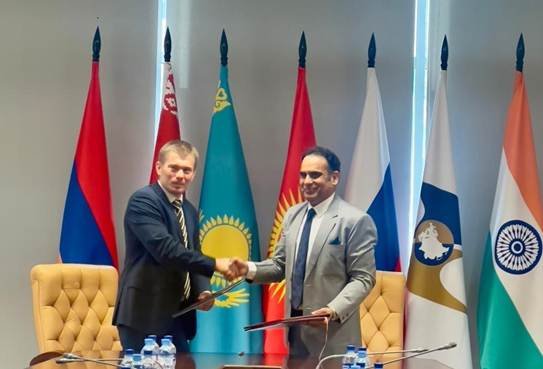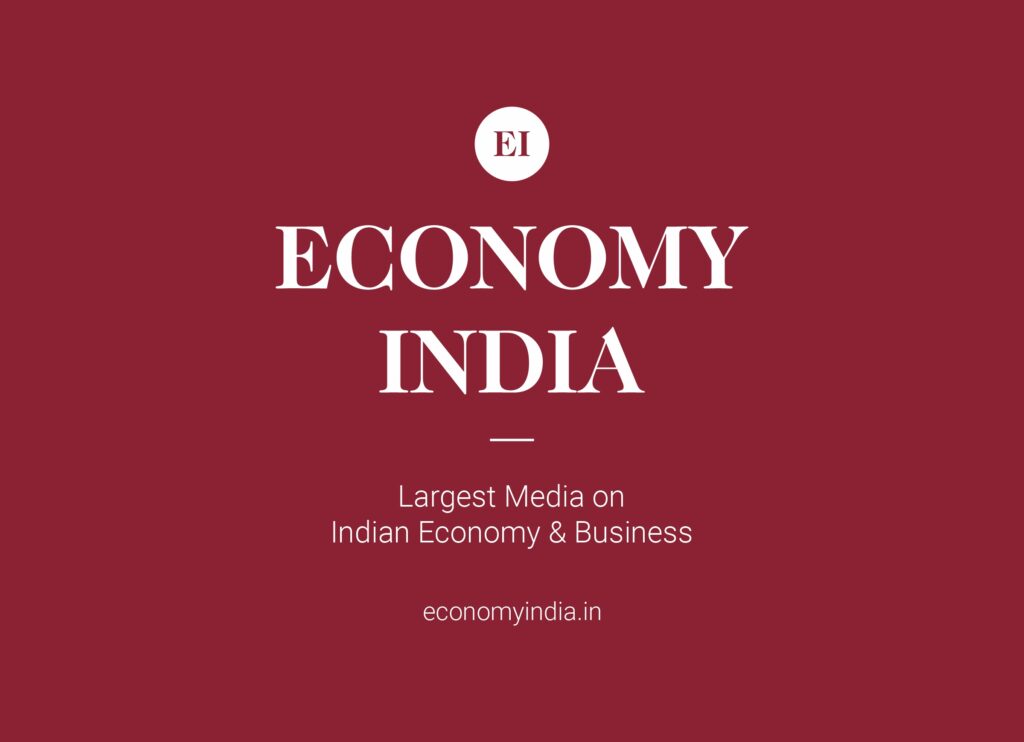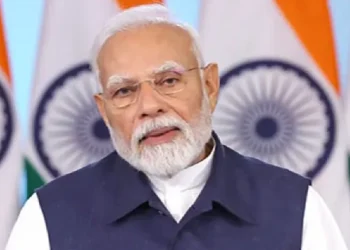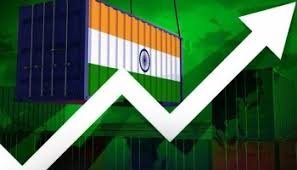Moscow/New Delhi (Economy India): In a significant step towards expanding India’s global trade footprint, the Government of India and the Eurasian Economic Union (EAEU) signed the Terms of Reference (ToR) on Wednesday to formally launch negotiations for a Free Trade Agreement (FTA). The signing took place in Moscow, underscoring India’s growing engagement with Eurasian economies at a time when global trade is undergoing a major transformation.
Who Signed the Agreement?
The ToR was signed between Shri Ajay Bhadoo, Additional Secretary, Department of Commerce, Government of India, and Mr. Mikhail Cherekaev, Deputy Director, Trade Policy Department, Eurasian Economic Commission (EEC).
During his visit, Shri Bhadoo also called on Mr. Andrei Slepnev, Minister in charge of Trade, EEC. Both sides hailed the milestone achieved with the signing and discussed the next steps for launching a structured negotiation process.
EAEU: A Strategic Bloc
The Eurasian Economic Union is a five-member grouping that includes:
- Armenia
- Belarus
- Kazakhstan
- Kyrgyz Republic
- Russian Federation
Together, the EAEU represents a combined GDP of USD 6.5 trillion and a consumer base of over 180 million people, making it a strategic partner for India in terms of both trade and geopolitical influence.
Trade Turnover Already Rising
According to official data, the India–EAEU trade turnover reached USD 69 billion in 2024, registering a 7 percent increase over 2023. The growth has been driven largely by energy imports from Russia and exports of pharmaceuticals, engineering goods, and textiles from India.
Officials believe that a comprehensive FTA could significantly diversify this trade basket and provide Indian exporters with new growth opportunities.

Why the FTA Matters for India
The proposed agreement is expected to deliver several key benefits:
- Export Diversification: Reduce India’s over-reliance on traditional trade partners such as the US, EU, and Gulf economies.
- MSME Opportunities: Enhance access for Indian micro, small, and medium enterprises (MSMEs) to Eurasian markets.
- Reduced Costs: Potential tariff reductions and streamlined customs procedures will improve cost competitiveness.
- Investment Flow: Create avenues for mutual investments in manufacturing, energy, IT, and logistics.
Impact on Key Sectors
Experts suggest that the following sectors could be the biggest beneficiaries of the India–EAEU FTA:
- Pharmaceuticals: India’s generic drug industry could access new markets.
- Textiles & Apparel: A competitive edge in garment exports.
- Engineering Goods & Machinery: Increased demand from infrastructure-heavy economies like Kazakhstan and Russia.
- Information Technology Services: Growing demand for digital solutions across Eurasia.
- Agriculture & Food Products: Opportunity for Indian spices, tea, and processed foods.
A Boost for MSMEs
One of the central focuses of the proposed FTA is to enhance opportunities for MSMEs. By reducing tariff and non-tariff barriers, the deal would make it easier for small businesses to explore new markets, scale up production, and compete globally.
“This FTA could be a lifeline for MSMEs, opening doors to a market they previously could not access,” said a trade analyst from Delhi.
Strengthening India’s Position in Eurasia
India’s engagement with the EAEU also has a strategic dimension. With China already having strong influence in Central Asia, India’s entry through a comprehensive trade agreement could help balance the economic dynamics of the region.
Additionally, India is seeking to position itself as a reliable trade partner in Eurasia at a time when Western sanctions have reshaped global supply chains.
Negotiation Roadmap Ahead
The ToR signed on Wednesday provides the framework for negotiations, which will cover:
- Tariff liberalization
- Services trade
- Investment protection
- Digital trade
- Green technologies
- Logistics and supply chain cooperation
Officials from both sides emphasized the importance of moving swiftly to formalize the agreement. Negotiation groups will soon begin structured discussions on sectoral priorities and timelines.
Global Context of the Deal
The signing comes at a time when India is negotiating or reviewing multiple trade pacts, including with the United Kingdom, the European Union, and the Gulf Cooperation Council (GCC). The India–EAEU FTA fits into New Delhi’s broader vision of securing diversified market access and reducing trade vulnerabilities.
The global geopolitical environment, marked by shifting alliances and supply chain realignments, makes such regional pacts increasingly critical for emerging economies.
Challenges on the Horizon
Despite optimism, trade experts caution that there could be challenges ahead:
- Tariff Sensitivities: Some sectors may resist tariff reductions due to domestic competition.
- Logistics Bottlenecks: Connectivity between India and landlocked Central Asian states remains underdeveloped.
- Regulatory Differences: Harmonizing standards across five different economies could prove complex.
- Geopolitical Risks: Sanctions on Russia may complicate certain aspects of the trade deal.
Expert Opinions
Dr. R. Mehta, an international trade scholar, noted:
“The India–EAEU FTA could be a game-changer for Indian exports, but negotiations must be realistic and phased. A gradual approach will ensure that sensitive sectors at home are not adversely affected.”
Long-Term Vision
Both India and the EAEU leadership reaffirmed their commitment to building a long-term institutional framework for trade cooperation. Beyond goods and services, the partnership is expected to include technology exchange, energy collaboration, and investment promotion.
The vision, officials said, is not just about trade, but about building durable economic linkages that can withstand global disruptions.
Key Takeaways
- India and EAEU sign ToR in Moscow to launch FTA negotiations.
- Trade turnover already at USD 69 billion in 2024, up 7% from 2023.
- FTA expected to benefit MSMEs, exporters, and investors.
- Negotiations will cover tariffs, services, investments, digital trade, and green tech.
- Combined EAEU GDP of USD 6.5 trillion presents a vast opportunity for India.
The India–EAEU Free Trade Agreement, once concluded, could mark a turning point in India’s trade diplomacy. It promises to provide new growth avenues for Indian exporters, strengthen MSMEs, and diversify India’s global trade network.
As both sides move into formal negotiations, the world will be watching closely. For India, this deal is not just about trade—it is about cementing its place as a major economic power in Eurasia and beyond.
(Economy India)












